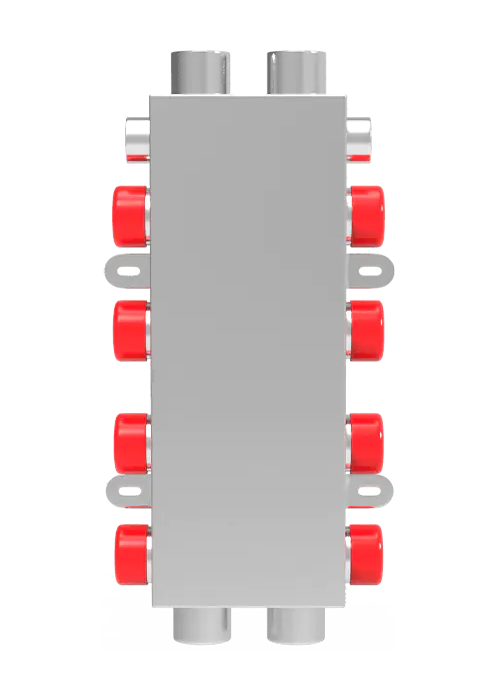When installing engineered wood flooring over underlay for underfloor heating engineered wood, the underlay serves as more than just a cushion. It helps manage heat distribution, moisture control, and structural stability. Ignoring this element can reduce system performance and shorten the life of the flooring.
One of the primary roles of underlay in this scenario is to allow efficient heat transfer. Because underfloor heating systems rely on radiant energy passing through layers of material, resistance needs to be minimized. This is why underlays with low tog ratings are preferred. They enable the heating system to operate without excessive energy use or delayed warming.
Material selection is equally important. Underlays made from rubber or advanced foam blends often provide good balance between firmness and thermal responsiveness. They tend to resist compression while still allowing the flooring above to expand and contract naturally with temperature changes. This helps reduce gaps or buckling in engineered boards.
Acoustic control is a secondary but valuable function. Especially in shared living spaces, a quality underlay can reduce airborne and impact sound. While underfloor heating tends to reduce some noise compared to radiators or vents, the extra buffering helps maintain a quieter home environment.
Another critical point is subfloor protection. Underlays with built-in moisture barriers guard engineered wood against rising damp, which can lead to damage over time. While engineered wood is more tolerant of changes in temperature and humidity than solid wood, it still benefits from a dry and stable base.
From a practical standpoint, installation is more straightforward when using underlays designed for underfloor heating. Some types feature markings for easier cutting or folding, while others include adhesive sections to keep the underlay in place during the floor-laying process.
Every element of the flooring system needs to contribute to overall effectiveness, and the underlay is no exception. A well-matched underlay ensures engineered wood flooring remains stable, attractive, and comfortable, all while working in harmony with the heat source below. The right decision at this layer sets the foundation for long-term performance and ease of use.

